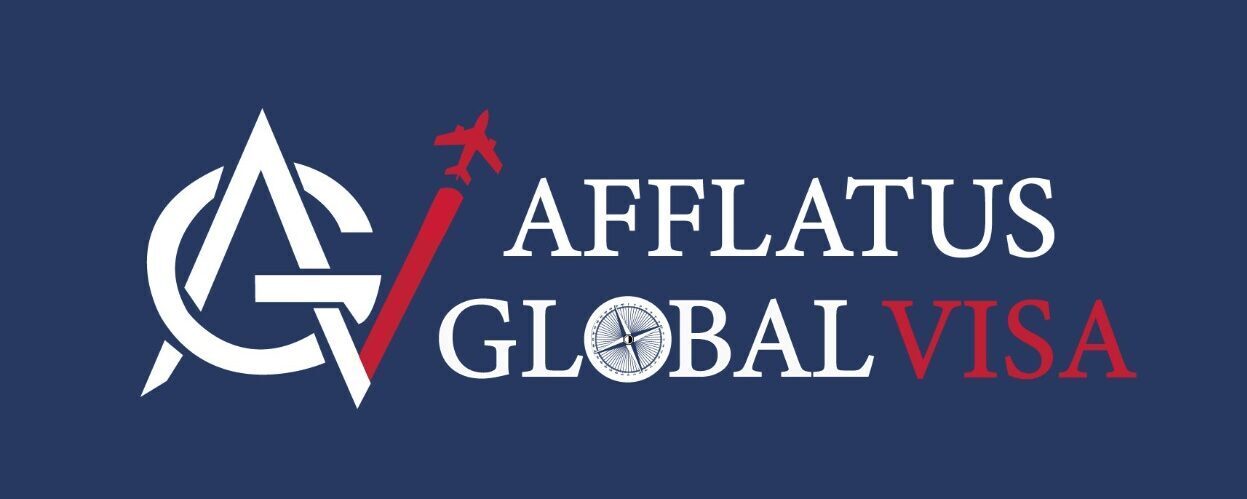We are professionals who help individuals and businesses obtain business visas to travel to other countries. They have the expertise and experience to navigate the complex visa application process and ensure that all the necessary documentation is submitted correctly.

Foreign investors (as well as their spouse and children under 21 years of age) can attain permanent residence or US Green Card status by applying for the employment-based fifth preference visa (EB-5), commonly known as the Immigrant Investor Program.
The EB-5 Immigrant Investor Program stands as a beacon for individuals seeking a direct pathway to U.S. permanent residency. By investing in qualified projects that create jobs in the United States, participants not only secure their own future but also contribute to the growth and development of the nation’s economy.
Valuable tool for you as a foreign investor seeking access to the U.S. economy and residency
Clear pathway to lawful permanent residence for you as an investor, as well as your immediate family members
Quickest transition from a student or H1B visa holder to a green card
Doesn’t require an employer or family member sponsor; No language test needed either
Processing times for EB-5 can vary. The initial petition (Form I-526) can take anywhere from 47 to 71 months to process. From there, the applicant will need to check to see whether a visa is available. At the present time, there are no wait times for EB-5 applicants.
If the applicant lives abroad, it can take between 4 to 6 months for a green card to be approved via consular processing. If, on the other hand, the applicant lives in the United States, it could take anywhere from 7.5 to 45.5 months — depending on the service center — before a decision is made via the Adjustment of Status process.
For a more updated look at form-specific processing times you can use the USCIS online tool. You can also check the Visa Bulletin to see when green cards will be made available.
The total cost for an EB-5 investor visa is between $4020 and $4,900, depending on where the applicant is filing from.
To begin with, the applicant will need to pay a fee of $11,160 to file Form I-526 (officially called “Immigrant Petition by Alien Entrepreneur”). If the applicant is applying from outside the United States (via consular processing), they will need to pay an additional $345 for the visa application processing fee — making a total of $4020, not including the cost of the medical exam, which varies depending on the country.
If the applicant is applying from within the United States, they will need to pay $1440 to file Form I-485 (officially called the “Application to Register Permanent Residence or Adjust Status”) plus $85 for the biometrics service. In this case, the applicant will need to pay a total of $4900.
U.S. Immigration can be complex and confusing. Boundless is here to help. Learn more.
The applicant must invest in a company that was created after November 29, 1990. If the business came into existence prior to, or on, that date, then it must essentially be a new company, due to a purchase or radical restructuring, or the investment must result in a 40% expansion of overall worth or number of employees.
For the purposes of the EB-5 visa, the business must be for-profit and must be one of the following:
The capital investment may come in the form of:
The value of the investment — which is to be determined by the fair market value — must meet certain minimums depending on the area of investment. If the petition was filed after November 21, 2019, the investment must be at least $1.8 million. That is, unless the investment is in a targeted employment area (TEA) — which is either a rural area or an area with high unemployment — in which case it must be $900,000 at minimum.
If the applicant filed their petition prior to November 21, 2019, the minimum invested is $1 million. If they are investing in a TEA, the minimum is lowered to $500,000
To successfully obtain an EB-5 investor visa, the applicant must first submit Form I-526 with evidence showing:
For a more detailed explanation of the required documents, read pages 9 and 10 of the USCIS instructions for Form I-526.
Once Form I-526 has been approved, the applicant can begin the green card application process. This process will be different depending on the circumstances. If the applicant lives abroad, they will need to go through consular processing, in which case they will need to fill out Form DS-260 (officially called the “Application for Immigrant Visa and Alien Registration”) and get a medical exam. They will then need to attend an interview at the U.S. Embassy or consulate, bringing with them the required documentation. If living in the United States, the applicant will need to go through the Adjustment of Status process, which requires filing Form I-485 and, in many cases, attending an interview.
If successful, the applicant — and any family members attached to the application — will receive a conditional green card, which will remain valid for 2 years.
Once the 2-year period has lapsed, the applicant will need to apply to remove the conditions from their green card, which means they’ll need to file Form I-829 (officially called the “Petition by Investor to Remove Conditions on Permanent Resident Status”) within 90 days of the green card expiration date. As part of this process, they must gather documentation pertaining to the status of the commercial enterprise, including information about the number of employees, the region where the business is located, and the total amount of capital invested in the company.
If conditions are removed, the applicant will be granted lawful permanent residence, which means they will have 10 years before they need to renew their green card.








Eu iusto dolorum pro, facer oportere duo ne. Cum ei commune instructior. Ne dicat qualisque ullamcorper ius, ubique dolorum consetetur in vis. Nisl commodo te sed.
Nonimmigrant visas are for temporary stays in the USA, such as tourism, study, work, or business visits, while immigrant visas are for individuals seeking permanent residency in the USA, often through family sponsorship or employment.
Processing times vary depending on the type of visa, the applicant’s country of residence, and individual circumstances. Generally, visa processing can take anywhere from a few days to several weeks or months.
Required documents vary depending on the type of visa, but commonly requested documents include a valid passport, visa application form, passport-sized photos, proof of financial support, travel itinerary, and any additional documents specific to the visa category.
Most applicants for nonimmigrant visas are required to attend an in-person visa interview at the U.S. embassy or consulate in their home country or the country where they are legally present. Exceptions may apply for certain visa categories or applicants under a certain age.
The visa interview allows consular officers to verify the information provided in the application, assess the applicant’s eligibility for the visa, and determine their intentions for traveling to the USA. It’s an opportunity for applicants to clarify any information and demonstrate their eligibility.
In some circumstances, individuals in the USA on a nonimmigrant visa may be eligible to apply for an extension of stay or a change of status. However, specific eligibility criteria and application procedures vary depending on the visa category and individual circumstances.
If a visa application is denied, applicants are typically provided with a written explanation of the reason for the denial. Depending on the reason for the denial, applicants may have the option to reapply, appeal the decision, or seek alternative visa options. It’s essential to carefully review the denial letter and consider consulting with an immigration attorney for guidance.
If a visa application is denied, applicants are typically provided with a written explanation of the reason for the denial. Depending on the reason for the denial, applicants may have the option to reapply, appeal the decision, or seek alternative visa options. It’s essential to carefully review the denial letter and consider consulting with an immigration attorney for guidance.
